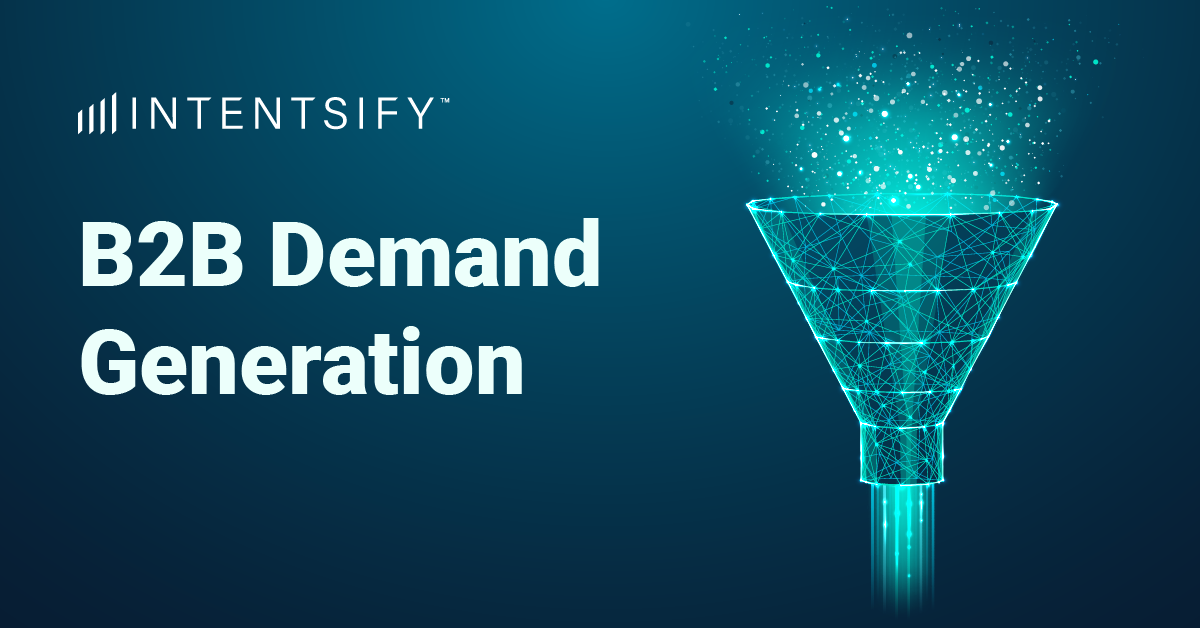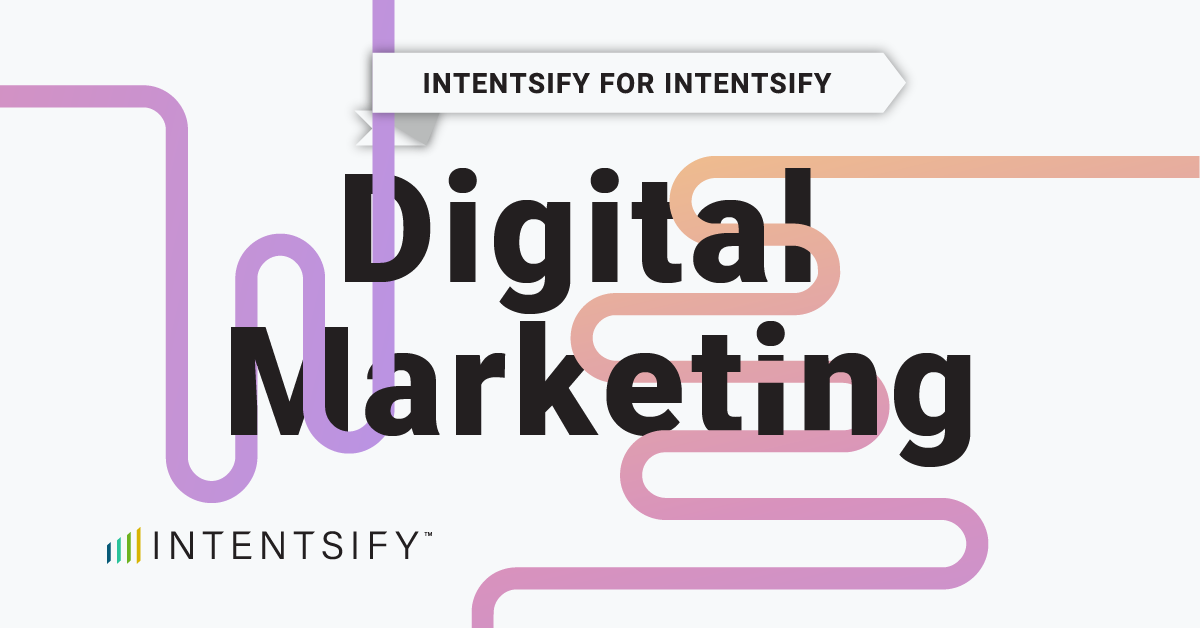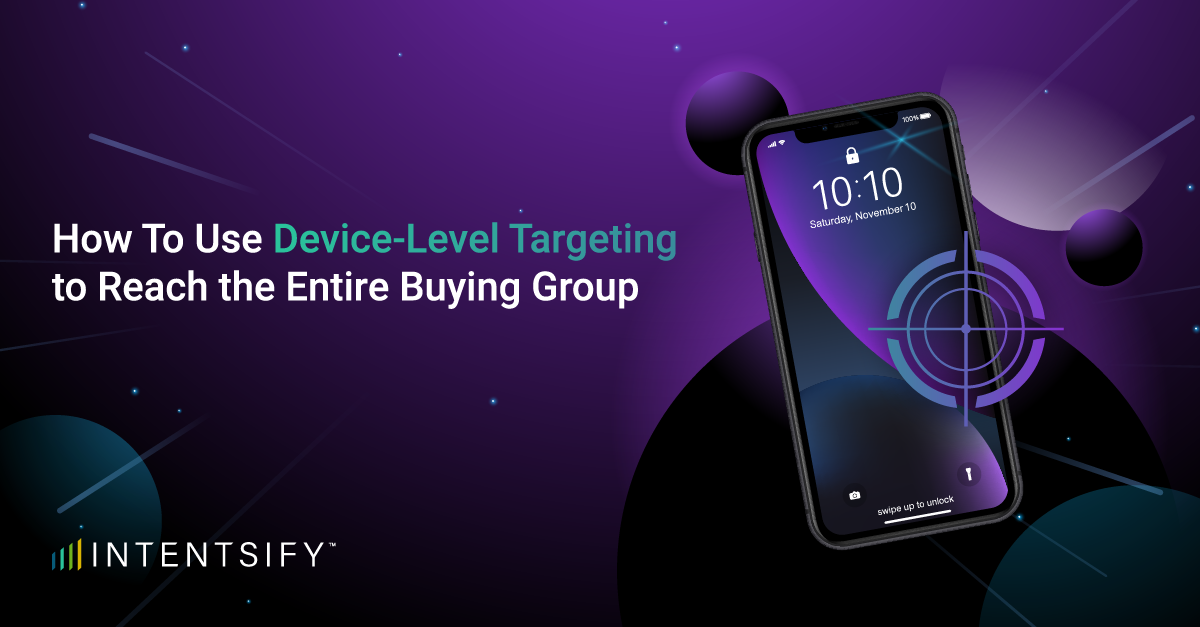Many B2B companies struggle to bridge the gap between generating interest and converting it into meaningful leads. Without a structured demand generation strategy, they face low-quality leads, misaligned sales and marketing teams, and wasted resources. The result? Missed revenue targets and stalled growth. This guide unpacks the proven strategies, tools, and techniques that can transform your demand generation efforts into a scalable, high-impact growth engine.
Introduction to B2B Demand Generation
B2B demand generation is the strategic process of building awareness, interest, and desire for a product or service among potential customers. It focuses on educating and engaging prospects at every stage of their buying journey, with the ultimate goal of driving high-quality leads and long-term customer relationships.
In B2B, demand generation is crucial for sustaining growth and staying competitive. It aligns marketing and sales teams, enhances brand visibility, and ensures resources are directed toward nurturing the right prospects, creating a predictable and scalable sales pipeline.
While demand generation and lead generation are interconnected, they serve different purposes. Demand generation builds interest and awareness across a broad audience, whereas lead generation focuses on capturing and converting that interest into actionable leads. By integrating both, businesses can fuel sustained growth while optimizing marketing efforts.
Core Concepts and Strategy Development
Understanding Demand Generation
B2B demand generation differs significantly from its B2C counterpart. While B2C focuses on quick, emotion-driven purchases, B2B demand generation involves longer buying cycles, multiple decision-makers, and a greater emphasis on trust and expertise. This makes education, thought leadership, and relationship-building key components in creating demand within the B2B space.
In the marketing funnel, demand generation primarily targets the top of the funnel (TOFU). Its goal is to attract a broad audience, increase brand awareness, and nurture potential buyers who may not yet recognize their need for a solution. By addressing pain points early and establishing authority, demand generation sets the stage for deeper engagement as prospects move through the funnel.
Demand Generation vs. Related Strategies
Demand generation differs from Account-Based Marketing (ABM) and growth marketing in its approach and scope. While ABM focuses on targeting specific high-value accounts with personalized strategies, demand generation aims to cast a wider net, building awareness and interest across a broader audience. Similarly, growth marketing emphasizes experimentation and data-driven tactics for rapid scalability, whereas demand generation is rooted in long-term relationship-building and creating sustained interest throughout the buyer’s journey.
Demand generation seamlessly integrates with inbound marketing by attracting prospects through valuable, educational content rather than interruptive tactics. Inbound strategies such as blogging, SEO, and webinars help drive traffic and engagement, fueling the demand generation engine. Together, these approaches ensure that prospects not only discover your brand but are nurtured effectively toward conversion.
Key Benefits
B2B demand generation plays a pivotal role in building brand authority and awareness. By delivering valuable and educational content, businesses position themselves as trusted experts in their industry. This credibility not only draws in potential customers but also fosters stronger relationships with existing ones.
One of the primary advantages of demand generation is its ability to improve lead quality and align marketing efforts with sales goals. Through targeted campaigns and data-driven nurturing, businesses can attract more qualified prospects, reducing friction between teams and enhancing the efficiency of the sales funnel.
By creating a consistent pipeline of high-quality leads, demand generation drives predictable revenue growth. It ensures businesses can scale sustainably while adapting to market changes, delivering long-term success through a steady stream of engaged and informed buyers.
Step-by-Step Process
- Audience Identification: Segment your target audience by behavior, demographics, and specific business needs. This segmentation ensures that your campaigns resonate with the right prospects, addressing their unique pain points and interests.
- Content Creation: Develop a variety of content formats like blogs, videos, webinars, and white papers to engage prospects at different stages of their buyer’s journey. Offering valuable insights helps position your brand as an industry authority.
- Lead Nurturing: Use tactics like email marketing, personalized content, and retargeting to nurture leads over time. This keeps prospects engaged, guiding them toward a purchase decision by providing the right information at the right time.
- Lead Scoring: Implement tools and methodologies to qualify and prioritize leads. Lead scoring helps identify which prospects are most likely to convert based on their interactions, behaviors, and fit with your ideal customer profile.
- Measurement and Optimization: Track key metrics such as conversion rates, engagement levels, and customer acquisition costs. Use this data to continuously optimize campaigns, ensuring they align with business goals and improve performance over time.
Tactics and Tools
Core Channels
Content marketing is a cornerstone of B2B demand generation. By creating valuable assets like blogs, eBooks, and case studies, businesses can educate their target audience and provide solutions to their pain points. Quality content not only drives organic traffic but also positions the company as an authority in the industry, helping to nurture prospects over time.
SEO and paid advertising (PPC) are essential for amplifying the reach of your content. Optimizing for search engines ensures that your content ranks for relevant keywords, making it discoverable to potential leads. Meanwhile, PPC campaigns can deliver highly targeted traffic, allowing you to reach decision-makers actively searching for solutions, driving immediate visibility and engagement.
Social media, including influencer marketing, plays a significant role in building awareness and trust. Platforms like LinkedIn and X allow businesses to share content, engage with prospects, and network with industry leaders. Collaborating with influencers can further boost credibility, reaching a broader audience through trusted voices in the industry.
Webinars and virtual events offer a highly interactive and engaging way to connect with prospects. These events provide valuable opportunities to showcase expertise, answer questions in real-time, and build deeper relationships with potential clients. Hosting these events not only educates attendees but also generates high-quality leads who are already invested in your solutions.
Personalized email campaigns are another powerful tool in B2B demand generation. By tailoring emails to individual prospects based on their interests and behavior, businesses can nurture leads with relevant content. This level of personalization increases engagement and helps move prospects through the funnel, improving conversion rates.
Emerging Approaches
AI and automation are reshaping B2B demand generation by improving targeting, segmentation, and personalization at scale. AI tools analyze data to predict behaviors, while automation streamlines tasks like email nurturing and lead scoring. This allows for real-time campaign adjustments and improved efficiency.
Partnerships and co-marketing are also gaining traction. Collaborating with complementary brands lets companies expand their reach and co-create content that attracts new leads. This approach builds credibility and strengthens industry ties.
Offering free trials and demos has become a key tactic for boosting conversions. Providing prospects with firsthand experience of the product reduces risk and builds trust, encouraging faster decision-making and increasing the chances of conversion.
Technology Stack
A strong technology stack is vital for B2B demand generation. CRM systems like Salesforce help track customer interactions, enabling personalized outreach and better alignment between marketing and sales teams.
Marketing automation platforms, such as HubSpot and Marketo, streamline tasks like email nurturing and lead scoring. These tools automate processes, ensuring timely and relevant engagement with prospects.
Analytics tools like Google Analytics provide real-time insights into campaign performance. By tracking key metrics, businesses can optimize strategies, improving conversion rates and overall effectiveness.
Real-World Examples
Case Study: Salesforce Demand Generation Campaign
Salesforce exemplifies effective B2B demand generation through its comprehensive content marketing strategy. By creating extensive resources like the State of Marketing report and hosting Dreamforce conference, they:
- Generated over 170,000 conference attendees
- Produced thought leadership content attracting decision-makers
- Leveraged influencer partnerships and customer success stories
HubSpot’s Inbound Marketing Transformation
HubSpot pioneered demand generation by:
- Creating the inbound marketing methodology
- Developing free educational resources and certification programs
- Implementing a robust content strategy that attracts and nurtures leads across multiple channels
Challenges and Solutions
Budget Constraints
Limited marketing resources often restrict B2B organizations’ demand generation efforts. Successful companies address this by prioritizing high-ROI content strategies and focusing initially on content marketing and SEO. Through careful testing and optimization, organizations can identify the most effective tactics and allocate resources accordingly.
Marketing and Sales Alignment
The disconnect between marketing and sales teams remains a significant hurdle in effective demand generation. Forward-thinking organizations address this by establishing regular cross-functional meetings and creating shared objectives that unite both teams. Implementing integrated CRM and marketing automation platforms provides both teams with visibility into the entire customer journey, resulting in higher conversion rates.
Future Trends in B2B Demand Generation
Technological Advancements
AI-powered personalization and predictive analytics are revolutionizing how organizations identify and engage with prospects. Machine learning algorithms are providing unprecedented accuracy in lead scoring and qualification. Marketing automation platforms are evolving to incorporate these advanced capabilities, enabling more nuanced and effective nurturing campaigns.
Strategic Shifts
Sustainability and corporate social responsibility have become central components of demand generation strategies. Customer experience has emerged as a critical differentiator, with successful organizations creating seamless, personalized journeys across all touch points. The rise of generative AI and the increasing importance of first-party data are forcing companies to adapt their content and data strategies while maintaining authenticity and compliance.
Conclusion
B2B demand generation is no longer a optional marketing strategy—it’s a critical component of sustainable business growth. By understanding and implementing comprehensive demand generation approaches, businesses can:
- Build meaningful connections with potential customers
- Create a predictable and scalable revenue pipeline
- Position themselves as industry thought leaders
- Adapt to rapidly changing market dynamics
The key to success lies in developing a tailored, data-driven strategy that combines innovative technologies, compelling content, and a deep understanding of your target audience. As the B2B landscape continues to evolve, those who master demand generation will be best positioned to drive meaningful business results.
{{cta(‘278ea00b-ac3d-4257-8ed8-1363fbfd3900’)}}






